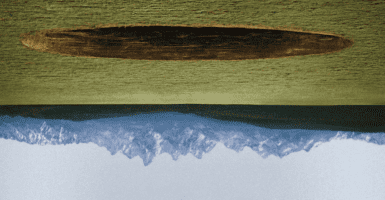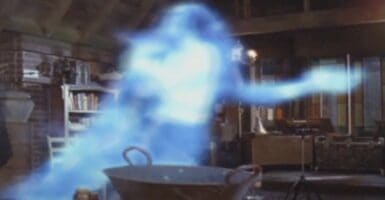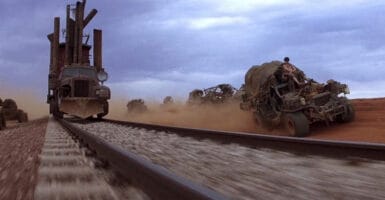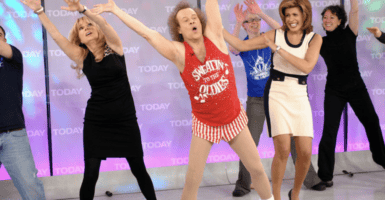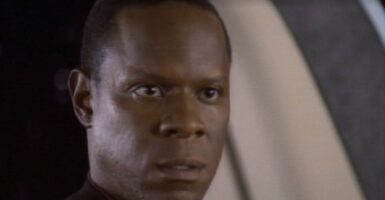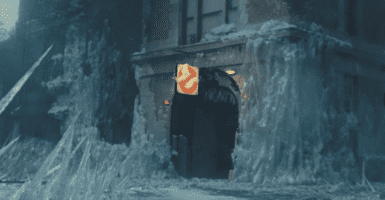The Hateful Eight Was Supposed To Be A Sequel To Quentin Tarantino’s Biggest Moneymaker
Quentin Tarantino's first sequel was supposed to be The Hateful Eight, coming after Django Unchained and featuring Jamie Foxx's slave turned bounty hunter.
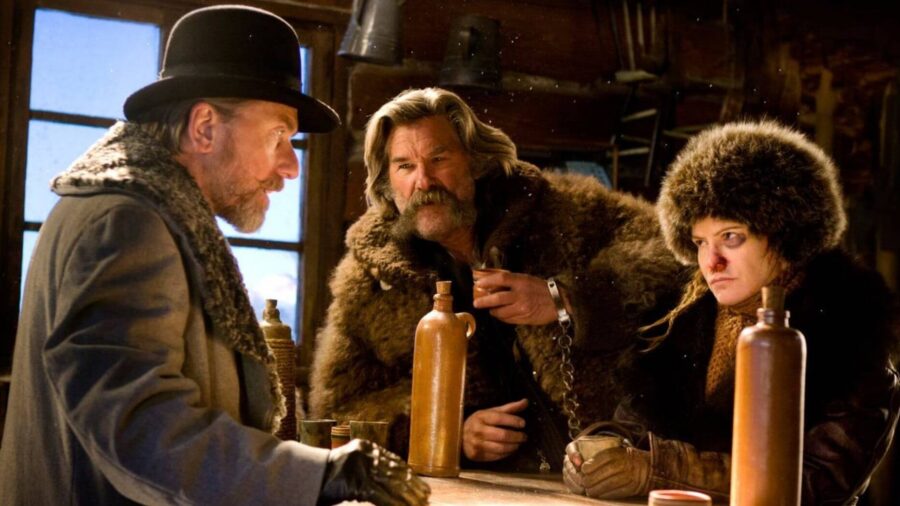
In a 2015 GQ interview regarding The Hateful Eight, Quentin Tarantino revealed that the film was initially envisioned as a continuation of Django Unchained. However, the Pulp Fiction director said he didn’t mean for The Hateful Eight to be such a timely political movie. Themes from the film exploded into the political forefront as the story was developing.
Quentin Tarantino said that the former was fantasy fulfillment when pressed to explain the connection between Django Unchained and The Hateful Eight. The latter was accountability. The filmmaker approached America’s painful past differently for each film.
Tarantino readily admits that Django Unchained, much like Inglorious Bastards, is a vehicle for unadulterated fantasy fulfillment. It’s not about analyzing the issues or exploring morality. There are no redemption arcs. Instead, it’s about watching bad guys get what they deserve.
The Hateful Eight looks the themes of racism and suspicion right in the eye. Django splashes across the screen like a spaghetti western, but The Hateful Eight is broader and more brutal. As a result, there are fewer distractions from the cold inhumanity of the American past.
When he began writing The Hateful Eight, Quentin Tarantino envisioned the story as a sequel to Django Unchained and as a novel. However, as the story developed, the character of Django was edged out of the story. His character couldn’t stand up to the pure evil of those snowed into Minnie’s Haberdashery.
After removing Django from The Hateful Eight, Quentin Tarantino decided to pursue the story as a film script. Production began in January 2015 and was released 12 months later. Legendary composer Ennio Morricone created the soundtrack, his first feature-length western film score in over 30 years. Unfortunately, it was also the last the composer wrote before his 2020 death.

The music of The Hateful Eight sets the film apart from the rest of Tarantino’s work. The director is infamous for his relationship with music and known for crafting soundtracks rife with classics and indie discoveries woven between original compositions. Tarantino broke that mold with this film in an evolution worth noting.
When casting The Hateful Eight, Quentin Tarantino packed the film with legendary talent. In the post-civil war era film, Tarantino alum Samuel L. Jackson portrays a bounty hunter and union veteran, Major Marquis Warren. Co-starring beside Jackson is Kurt Russell as John “The Hangman” Ruth, and Jennifer Jason Leigh (Annihilation) portrays the captured fugitive Daisy Domergue.
While the film is popular with fans, The Hateful Eight was a box office flop. However, critics called the film a fitting addition to the director’s body of work, including violent and gripping films like Kill Bill and Death Proof. Others called it an instant genre-splicing classic, praising Tarantino’s ability to blend cinematic tradition into new, edgy films.
As he negotiated with theaters about the release of The Hateful Eight, Quentin Tarantino insisted the film be presented in the format it was intended for. As a result, more than 50 theaters were retrofitted with 70mm analog projectors for the film’s initial limited release. Later, theaters began showing a digital cut nationwide, making the film accessible to general audiences.


